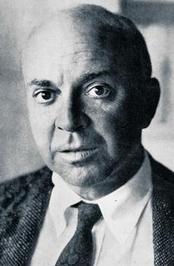|
نویسنده :
جان دس پاسوس
ناشر :
انتشارات کتاب نشر نیکا
۳/۶ از ۵
|


